Review: Skoda Karoq NU7 ( 2017 – present )
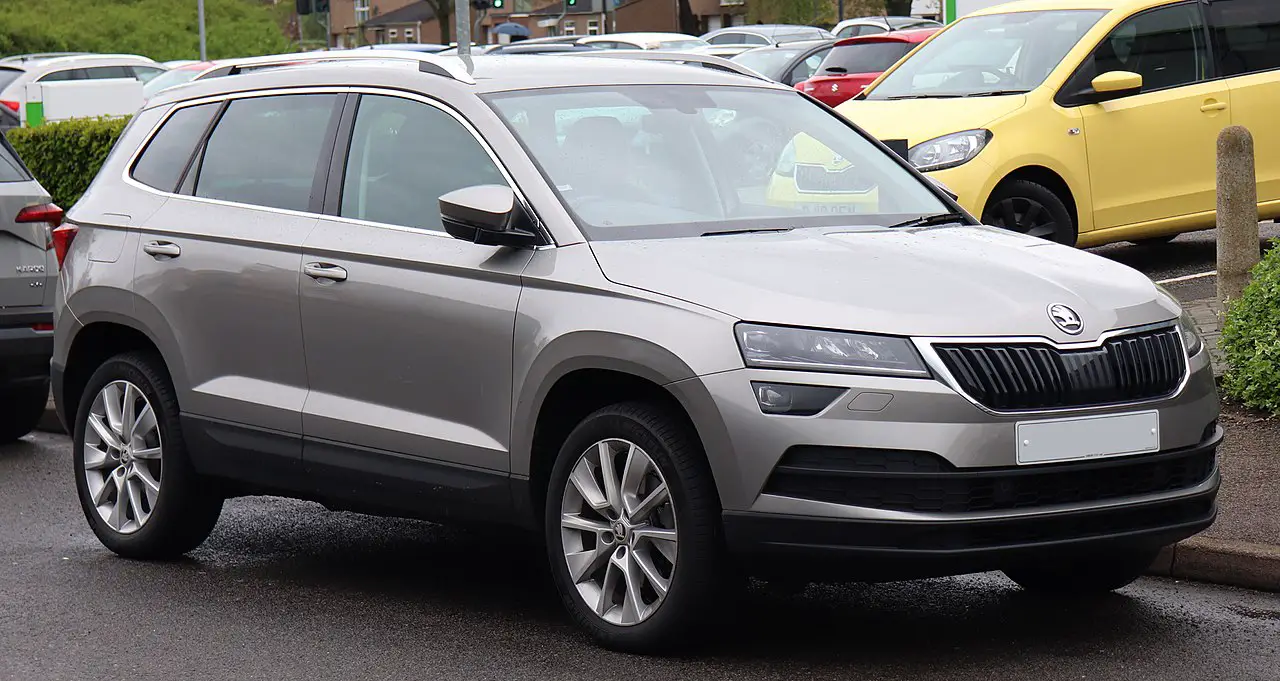
Perhaps Skoda isn’t buried 6 feet underground, but it’s got to be at atleast 5 feet. And it’s mainly kept alive by the Skoda Karoq NU7. Their current best-selling car.
A new day, a new Skoda. Except this one was the most important Skoda for them, because the Skoda Karoq NU7 sold so well that it kept Skoda afloat, and now that they’ve retired the Karoq, they are under greater stress than a real estate agent who tells you something in the ad and on the phone, and when you get to the location it’s something else entirely. I remember once I went to see an apartment that was advertised as a 2 bedroom and a list price of 65,000 pounds, but when I got there it was actually almost a 3 bedroom and 85,000 pounds. I say almost 3 bedroom because the seller had mounted a false wall in the middle of one of the rooms and divided it into two storage rooms / rooms, one of 5 square meters and one of 6 square meters, but he boasted that it was actually 3 bedrooms and asked for 85,000 pounds. And when they saw each other, they started arguing and eventually started throwing punches. The most entertaining viewing ever.
The car started new at around 22,000 pounds, and at the time I wrote these literary calamities, the cheapest Karoqs started at around 8,000 pounds, which says a lot about Karoq’s character, being the cheapest in the Karoq – T-Cross – Ateca trio. And for that, they applied the classic Skoda scheme by entering the market in force. Basically, the successor to the Yeti is the cheapest in terms of options, overall quality, dimensions, and engines. Which makes my job much easier because it’s always a challenge to write about the same car three times, especially when the differences are small.
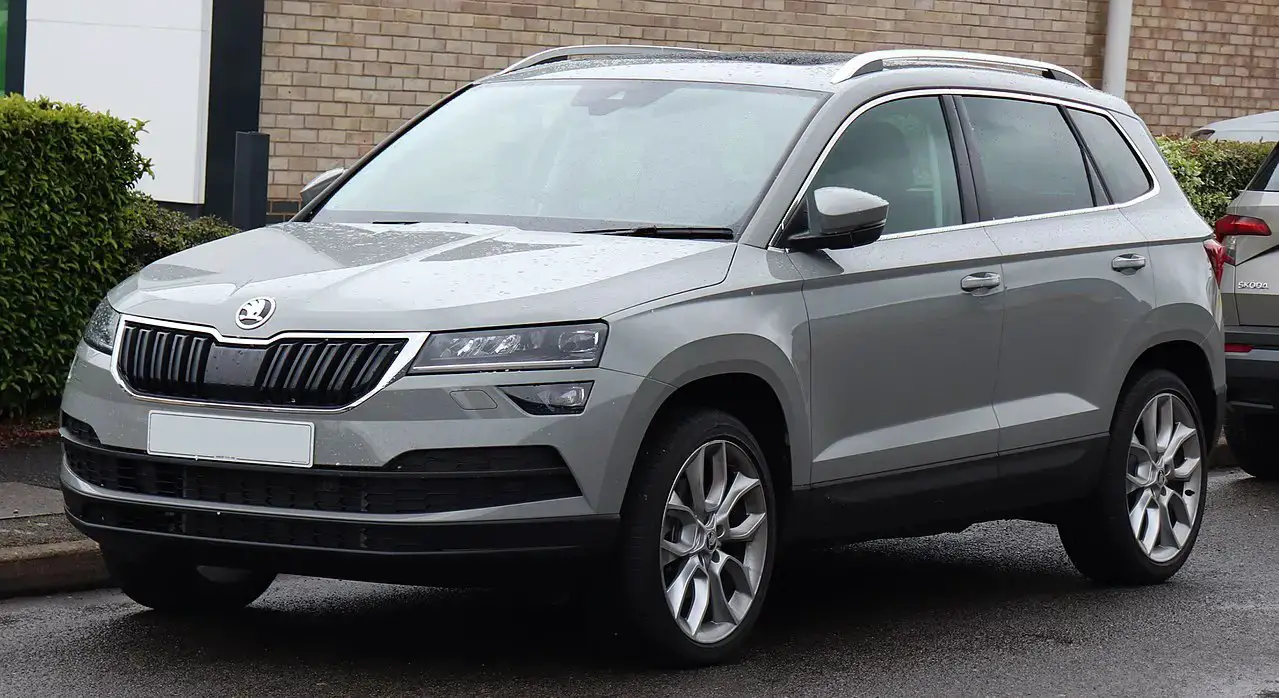
And the discussion here is very simple because the Skoda Karoq feels best and most logical in the lower price and equipment range, the T-Cross feels best with the eternal 2.0 TDI, and the Ateca feels best with the sportier petrol engines. Nothing new so far honestly, because that’s the Skoda – VW – Seat recipe, a recipe that has been dated since the Code of Hammurabi, written somewhere around 1750 BC. So the Skoda Karoq NU7 feels best with a 1.0 TSI or a 1.6 TDI, with a manual gearbox and front-wheel drive because if you start adding options and toys to it, it will have bigger issues than the price (as is the case with the Duster) not only will it have reliability and structural issues altogether. It’s not a premium crossover and not even a mid-range crossover, it’s a cheap crossover and it should stay so because it’s very good at being cheap and cheerful but very bad at being expensive and good. It fares best in the middle of the organized chaos along with the Hyundai Kona, Kia Stonic, Ford Puma, Sandero Stepway, Mazda CX-3, Peugeot 3008, Mitsubishi ASX, and whatever else was launched this week. And it beats them all in terms of ground clearance and on some even in terms of interior space and boot space, and in terms of price, it’s right up there, meaning it’s among the cheapest. Attention, if you resist the temptation and only buy it with one of the two engines, with front-wheel drive and a manual gearbox. Anything beyond that, and Karoq’s proposal for your money falls as fast as a sack of potatoes from the attic.

Skoda Karoq NU7 Engines
Petrol
- 1.0 TSI EA211 of 110 and 116 horsepower – Yes, that 1.0 TSI that has oil consumption issues but is realistically the only petrol engine with which you can safely drive to the end of the street and which is sort of reliable. Plus, it’s also the cheapest, and in the case of Karoq, only money talks. And money talks to me, but I don’t hear it.
- 1.5 TSI EA211 of 150 horsepower – I’ve talked about this engine a lot, and I don’t necessarily recommend it because 1. it burns oil, and 2. it moves from a standstill like I do at work. And it also has the habit of failing because I couldn’t find a better comparison term. I’m sorry.
Diesel
- 1.6 TDI EA288 of 116 horsepower – The official “I don’t know anything about cars and I don’t want to either” engine. I’m not the biggest fan of the 1.6 TDI, even though its issues are now resolved. Sure, it’s still a very bad pick in the city because the EGR and DPF are made from the ambitions and aspirations of a 40-year-old employee who works from Monday to Friday from 9 to 18 and on Saturdays from 9 to 14, on minimum wage.
- 2.0 TDI EA288 of 116, 143, 150, and 190 horsepower – Yes, this engine is more robust than the 1.6 TDI, but it’s already becoming too expensive for what it offers, and honestly, I wouldn’t get a long-haul engine for the Karoq because it’s not that kind of car. I mean, it’s good for a vacation and an occasional ride, but the 2.0 TDI is a constant long-haul engine, not occasional.
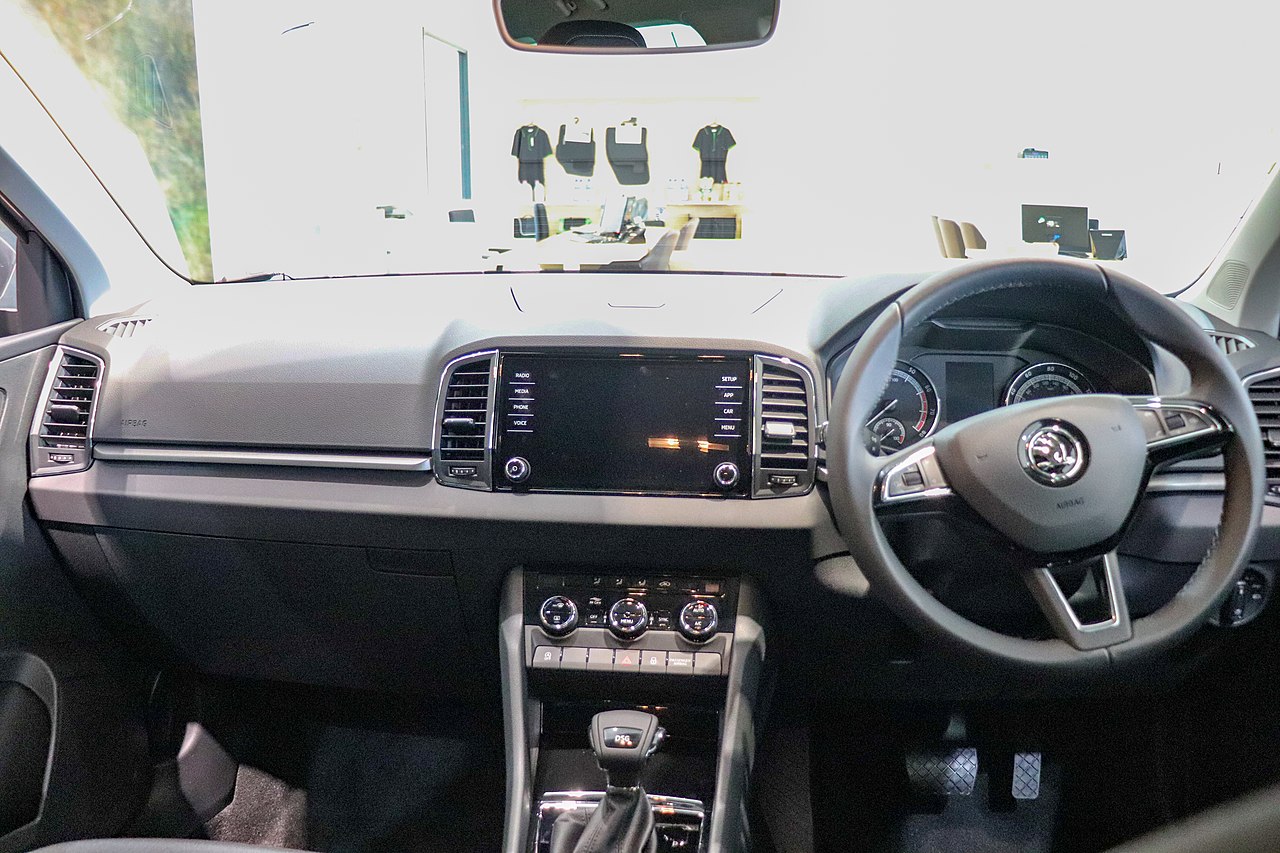
Skoda Karoq NU7 Reliability Issues
- The boot seal wear out and it rains in the boot, in a good old fashioned Ford way. So check the boot seals and especially the spare wheel area so it doesn’t become the set for filming Spongebob Squarepants.
- The DSG7 automatic gearbox is a recurring theme, and unfortunately, the recipe applies to the Skoda Karoq as well, especially in the case of the 1.5 TSI where it doesn’t crawl to start from a standstill, it doesn’t start at all. As I said, if you start climbing the options ladder, it will hurt you like when you do a prostate exam and the doctor holds both hands on your back.
- The SOS system breaks down and then takes the Bluetooth and navigation for a walk too.
- The plastic on the interior reminds you of the first Fabia, but after all that’s the whole idea of Karoq, a simple and sturdy car that does its job honestly. Now if I sit and think that the Fabia was withdrawn from the lineup, the Karoq is a slightly taller Fabia.
- The tiny boot, especially for the 4×4 versions. I mean, the Karoq already has less bootspace than the Ateca and T-Cross, and the 4×4 drivetrain eats up even more space. Another reason why Karoq deserves your money only in the most in the basic trim line.
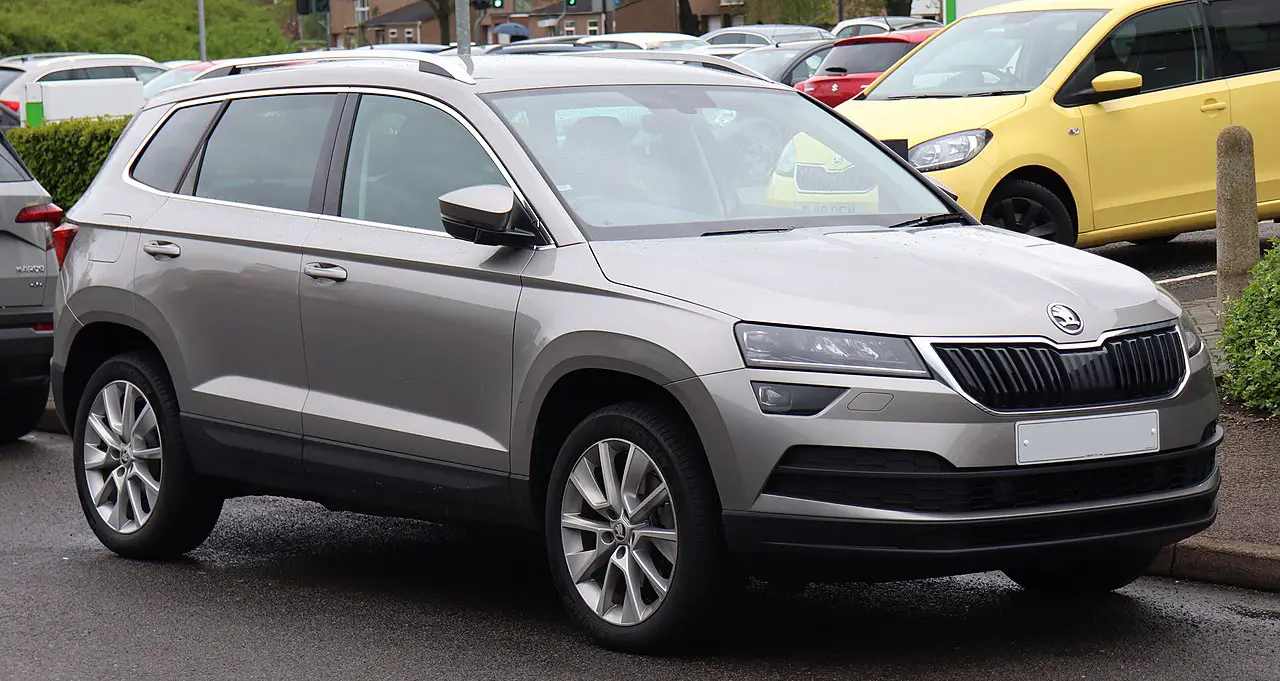
Skoda Karoq NU7 Verdict
I’m sticking to the basic idea that the Skoda Karoq NU7 is the best purchase if you stick to the smallest engine (petrol or diesel), manual gearbox, and front-wheel drive. Otherwise, it’s not worth complicating things, and in this configuration, it’s one of the most serious competitors on the market in the small crossover class.
Which engines do I recommend? 1.0 TSI with 110 or 115 horsepower for petrol and 1.6 TDI with 116 horsepower for diesel. Simple as that. And keep it simple as that.
Similar Articles

Review : Nissan Juke F16 (2019 – present)
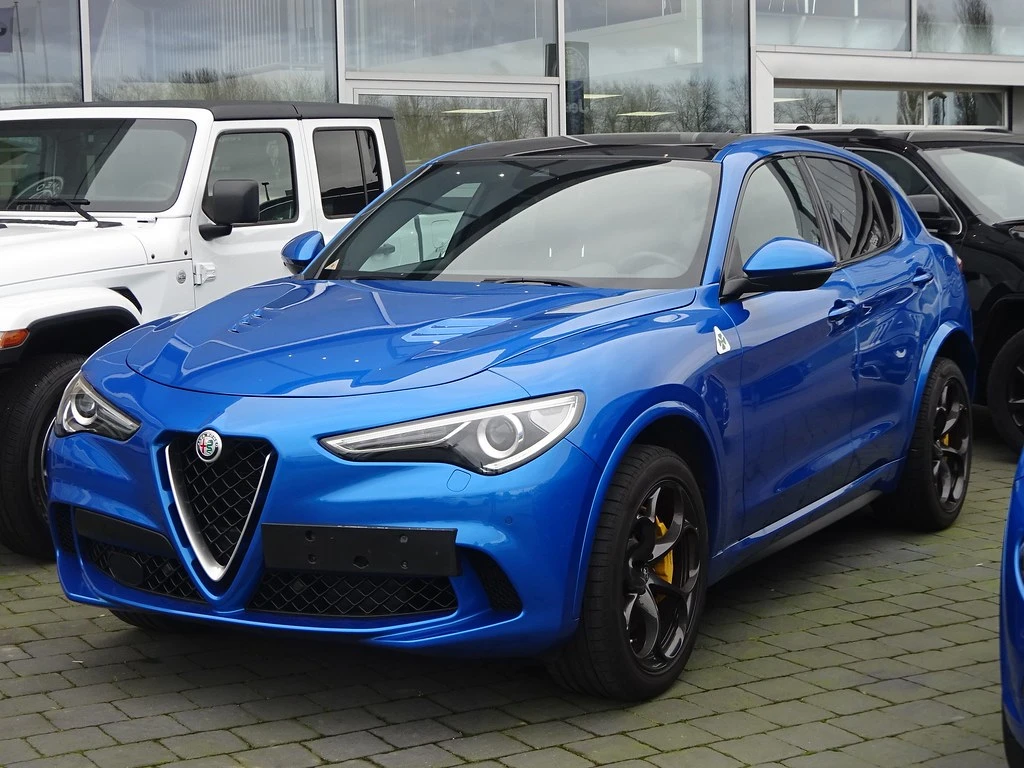
Review : Alfa Romeo Stelvio 949 ( 2017 – prezent )

Review : Nissan Juke F15 (2011 – 2019)
Write an answer
- Review : Nissan Juke F16 (2019 – present) 23 February 2025
- Review : Alfa Romeo Stelvio 949 ( 2017 – prezent ) 15 March 2025
- Review : Nissan Juke F15 (2011 – 2019) 23 February 2025
- April 2025
- March 2025
- February 2025
- January 2025
- December 2024
- November 2024
- October 2024
- August 2024
- July 2024
- June 2024
- May 2024
- April 2024
- March 2024
- February 2024
- January 2024
- December 2023
- November 2023
- October 2023
- September 2023
- August 2023
- July 2023
- June 2023
- May 2023
- April 2023
- March 2023
- February 2023
- January 2023
- December 2022
- November 2022
- October 2022
- September 2022
- August 2022
- July 2022
- June 2022
- May 2022
- March 2022
- April 2021
- January 2021
- December 2020
- November 2020
- October 2020
- September 2020
- August 2020
- July 2020
- March 2020